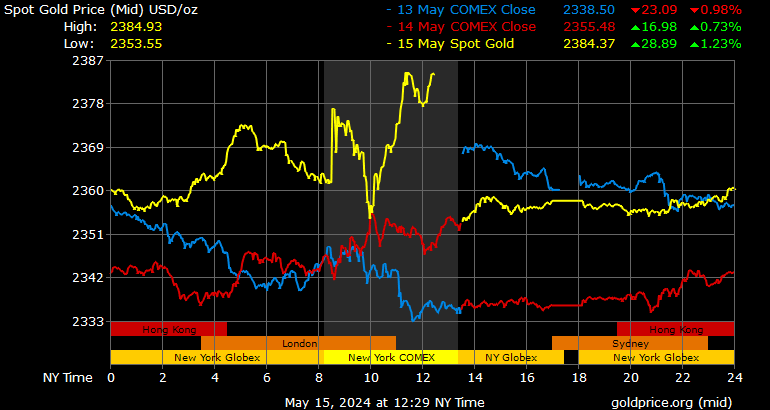February 1948 and central management
HISTORY OF CZECHOSLOVAK CURRENCY.
The process of banking centralization was accelerated after the political coup in February 1948. By a government resolution of March 25, 1948, the number of banks was further reduced and two operating banks were created: Živnostenská banka for the Czech lands and Slovenská Tatrabanka for Slovakia. In July 1948, the Investment Bank was established to finance and control investments and to provide long-term loans. The Finance Reorganization Act subjected all banks to a single procedure by the Ministry of Finance. In 1948, the people's finance was also centralized. The District Savings Banks and Credit Unions were established by merging all credit unions and savings banks in the district and the Savings Banks and Campaigns instead of the previous campsites. The Central Issuing Bank remained the National Bank of Czechoslovakia, which was nationalized. The culmination of the centralization of finance was the Act of 9 March 1950 on the State Bank of Czechoslovakia, which reorganized Czechoslovak banking according to the Soviet model of a single bank, the so-called monobank, in accordance with the principle of central directive management of the economy. The basic function of the state bank was to participate in the compilation of the economic and financial plan of the state, control of the economic plan by the koruna, concentration, management and control of currency circulation, planning, management and compilation of balance of payments, management and regulation of financial and credit and payment relations with foreign countries according to economic needs plan. In order to perform these functions, the bank had to penetrate the entire economy and capture the accumulation of funds so that, according to the guidelines of the Ministry of Finance, it could distribute them to the places of planned need. Therefore, it was to take over the function of operating banks and manage the activities of the people's finance as a collection network for savings deposits. The conduct of monetary policy and the management of money circulation were subordinated to the central management of the economy. Monetary policy and the function of money have been given a new concept corresponding to the demands of socialist, directive management of society.
CONTENT
- Origin of the Czechoslovak currency.
- Monetary stabilization.
- Establishment of the central bank.
- National Bank of Czechoslovakia.
- Gold reserve.
- Economic boom.
- Depression.
- The main activities of banks.
- Development of the national economy.
- Art designs.
- Czech banking system.
- The disintegration of Czechoslovakia.
- German occupation of the Czech lands.
- Currency damage caused by the occupation.
- Preparation of post-war monetary policy.
- Inflation and monetary chaos.
- Organization of monetary relations.
- Socialization of finance.
- February 1948 and central management.
- Directive management of monetary relations.
- Monetary reform of 1953.
- Central plan.
- Isolation.
- Reform efforts.
- "Standardization".
- Economic problems.
- Economic transformation.
- Changes in monetary policy management.
- Development of the koruna exchange rate.
- Development of the banking system.
- Development in 1990-1992.
- Division of the Czechoslovak Socialist Republic.
- Origin of the Czech koruna.
- Monetary policy management.
- International cooperation.
- Monetary stabilization.
- Establishment of the central bank.
- National Bank of Czechoslovakia.
- Gold reserve.
- Economic boom.
- Depression.
- The main activities of banks.
- Development of the national economy.
- Art designs.
- Czech banking system.
- The disintegration of Czechoslovakia.
- German occupation of the Czech lands.
- Currency damage caused by the occupation.
- Preparation of post-war monetary policy.
- Inflation and monetary chaos.
- Organization of monetary relations.
- Socialization of finance.
- February 1948 and central management.
- Directive management of monetary relations.
- Monetary reform of 1953.
- Central plan.
- Isolation.
- Reform efforts.
- "Standardization".
- Economic problems.
- Economic transformation.
- Changes in monetary policy management.
- Development of the koruna exchange rate.
- Development of the banking system.
- Development in 1990-1992.
- Division of the Czechoslovak Socialist Republic.
- Origin of the Czech koruna.
- Monetary policy management.
- International cooperation.
JÁ  ZLATE-SLITKY .CZ
ZLATE-SLITKY .CZ
